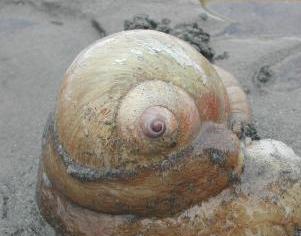. . . Neonatal mortality rates were higher among infants delivered by cesarean section (1.77 per 1,000 live births) than for those delivered vaginally (0.62). The magnitude of this difference was reduced only moderately on statistical adjustment for demographic and medical factors, and when deaths due to congenital malformations and events with Apgar scores less than 4 were excluded. The cesarean/vaginal mortality differential was widespread, and not confined to a few causes of death . . .
In other words, when comparing otherwise "low-risk" deliveries (singleton, full-term, no medical risks or complications), a baby delivered by c-section has a 2.85x chance of dying in the first month. The study analyzed 11,897 deaths out of 5.7 million deliveries. That's thousands of babies who died with no discernable risk indicator other than their surgical delivery. The study doesn't ask the real question -- why are healthy mothers having surgery instead of giving birth to healthy babies? It's common knowledge that c-section rates are skyrocketing, even though this is driving up public health care costs. The American College of Obstetrics and Gynecology virtually forces repeat c-sections even though their policy doesn't save lives of mothers or babies. It's so rampant that the latest issue of "Birth: Issues in Perinatal Care" published a roundtable on the subject of Why Do Women Go Along with This Stuff?
Why?
How long before the "standard of care" for childbirth -- the legal duty we use to judge whether a doctor made a mistake -- reflects the scientific evidence? Are 3,000 dead infants enough to get someone's attention? Because that's what I see when I do the math. As long as experts tell malpractice juries that a c-section is a safe and surefire way to save a baby's life, insurance companies will be covering their own butts with their "when in doubt, cut it out" policies.
As long as our culture accepts surgical delivery as normal and healthy, we're going to keep having this "issue" with birth -- if a doubled infant death rate can be called an "issue."
UPDATE: More numbers came out today. . . this from the journal Obstetrics and Gynecology: C-section moms have a triple death rate .
